Encontrar el reloj deportivo para hombre adecuado puede ser abrumador con tantas opciones disponibles. Ya sea que corras, pedalees, nades o simplemente busques mejorar tu condición física, seleccionar un reloj con las funciones correctas es crucial para seguir tu progreso y apoyar tus objetivos.
En este artículo, desglosaremos las seis características esenciales que debes considerar: durabilidad, resistencia al agua, precisión del GPS, monitoreo de la frecuencia cardíaca, duración de la batería y comodidad, para que puedas tomar una decisión informada y elegir el mejor reloj deportivo que se adapte a tus necesidades.
Consejos para elegir un reloj deportivo duradero y resistente al agua
Por qué la durabilidad y la resistencia al agua son importantes
Cuando entrenas o participas en actividades al aire libre, tu reloj deportivo estará expuesto a los elementos, ya sea sudor, lluvia o incluso una caída ocasional.
Un reloj duradero y resistente al agua garantiza que soporte estos factores ambientales sin fallar. Si tu reloj es frágil, puede fallar en momentos cruciales, lo que puede provocar pérdida de datos o incluso daños.
Explicación de la resistencia al agua
La resistencia al agua mide el nivel de protección que un reloj ofrece contra la exposición al agua. Cuanto mayor sea la clasificación de resistencia al agua, mejor podrá el reloj manejar la humedad y la presión. Aquí están las clasificaciones comunes de resistencia al agua:
- 30 metros: Ideal para resistencia a salpicaduras ligeras, como lavarse las manos o caminar bajo la lluvia. No está diseñado para nadar.
- 50 metros: Bueno para natación ligera o actividades diarias que impliquen exposición a la humedad.
- 100 metros: Adecuado para nadar, deportes acuáticos ligeros e incluso ducharse. Esta es una clasificación común para nadadores activos.
- 200 metros o más: Esencial para buceo o actividades acuáticas más extremas. Esta clasificación asegura que el reloj pueda soportar alta presión bajo el agua.
Explicación de la resistencia a impactos
La resistencia a impactos se refiere a la capacidad de un reloj para soportar golpes por caídas, golpes o abrasiones que pueden ocurrir durante actividades intensas. Ya sea que corras, pedalees o hagas entrenamientos de alta intensidad, tu reloj debe soportar estas fuerzas sin romperse o fallar.
Cómo evaluar
- Resistencia al agua: Busca una clasificación de resistencia al agua que coincida con tu nivel de actividad. Para corredores casuales o personas que van al gimnasio, 50 metros pueden ser suficientes, pero si nadas o practicas deportes acuáticos, opta por 100 metros o más. Si buceas, elige un reloj con clasificación de 200 metros o más.
- Resistencia a impactos: Elige un reloj con caja reforzada como policarbonato o titanio que esté diseñado para absorber golpes. Las certificaciones militares MIL-STD-810G indican una robusta resistencia a impactos.
- Elección de material: Opta por materiales como titanio o cerámica para durabilidad, ya que son ligeros y altamente resistentes a rayaduras e impactos.
Busca opiniones sobre cómo se comporta el reloj durante las actividades. Por ejemplo, un estudio indicó que los relojes diseñados para uso al aire libre a menudo se prueban para resistencia a golpes y al agua para asegurar su longevidad en condiciones duras.

Consejos para seleccionar un reloj deportivo con seguimiento GPS preciso
Por qué la precisión del GPS es importante
El GPS es crucial para cualquiera que corra, pedalee o realice actividades al aire libre. Los datos precisos del GPS te ayudan a seguir tu distancia, ritmo y ruta en tiempo real. Sin un seguimiento preciso, corres el riesgo de obtener datos inexactos, lo que socava tus esfuerzos y progreso en el entrenamiento.
Qué significa la precisión del GPS
La precisión del GPS se refiere a qué tan bien el reloj rastrea tu posición y mide datos como distancia y velocidad. Algunos relojes ofrecen GPS multifrecuencia, usando GPS, GLONASS o Galileo, para mejorar la precisión, especialmente en entornos desafiantes como ciudades o áreas boscosas. Una tasa de actualización más alta también significa que tu posición se actualiza más rápido, asegurando datos más precisos.
Cómo evaluar
- Soporte GPS multisatélite: Asegúrate de que el reloj ofrezca GPS de doble frecuencia (por ejemplo, GPS + GLONASS o GPS + Galileo) para una precisión óptima, especialmente en entornos difíciles.
- Verifica la velocidad de bloqueo del GPS: Busca relojes que se conecten rápidamente a la señal GPS. Los tiempos de bloqueo lentos pueden desperdiciar tu sesión de entrenamiento antes de que comience.
- Consulta opiniones de usuarios para obtener comentarios sobre la precisión del GPS en varios entornos. Algunos relojes, especialmente en áreas urbanas, pueden tener dificultades para mantener una señal confiable.
Consejos para elegir un reloj deportivo con monitoreo confiable de la frecuencia cardíaca
Por qué el monitoreo de la frecuencia cardíaca es esencial
El monitoreo de la frecuencia cardíaca es una herramienta vital para gestionar la intensidad de tu entrenamiento. Ayuda a asegurarte de que trabajas en las zonas de frecuencia cardíaca correctas para alcanzar tus objetivos de fitness, ya sea mejorar la resistencia, quemar grasa o aumentar la fuerza.
Un monitor de frecuencia cardíaca también te protege del sobreentrenamiento, que podría causar lesiones.Los estudios muestran que los monitores de frecuencia cardíaca en la muñeca son precisos pero pueden variar según la intensidad del entrenamiento
Qué significa esta función según los estándares
La mayoría de los dispositivos de muñeca usan sensores ópticos (PPG) para estimar la frecuencia cardíaca. Sin embargo, múltiples estudios muestran que los monitores de muñeca varían en precisión en comparación con la medición ECG basada en banda pectoral.
Por ejemplo, una revisión de 29 estudios encontró precisión variable entre los dispositivos.
Otro estudio encontró que durante entrenamientos de alta intensidad la precisión disminuye significativamente.
Esto significa que saber cómo evaluar la precisión del ritmo cardíaco es importante si dependes de ella para guiar tu entrenamiento.
Cómo evaluar
Prueba la precisión: Usa el reloj durante diferentes tipos de actividades — correr, pedalear o levantar pesas — y asegúrate de que las lecturas sean consistentes. Evita relojes que tengan dificultades para proporcionar datos consistentes durante movimientos intensos.
Busca zonas de frecuencia cardíaca: Asegúrate de que el reloj ofrezca seguimiento de zonas de frecuencia cardíaca para ayudarte a mantener la intensidad óptima de entrenamiento.
Compatibilidad con banda pectoral: Si prefieres mayor precisión, verifica si el reloj soporta bandas pectorales, que siguen siendo más confiables que los sensores de muñeca durante entrenamientos de alta intensidad.
Consejos para seleccionar un reloj deportivo con larga duración de batería
Por qué la duración de la batería es crítica
Para atletas de resistencia o cualquiera que entrene por largos períodos, una batería de corta duración es un problema. Ya sea que corras un maratón, pedalees largas distancias o hagas senderismo por horas, una batería corta significa que tu reloj se apagará antes de terminar, haciendo que pierdas datos clave y posiblemente quedes sin una forma confiable de seguir tu actividad.
Cómo funciona la duración de la batería
La duración de la batería depende de cuánta energía use tu reloj. Funciones como GPS, monitoreo de frecuencia cardíaca y notificaciones inteligentes consumen batería. Muchos relojes ahora cuentan con carga solar o modos de ahorro de batería, que ayudan a extender la duración durante actividades largas.
Cómo evaluar
- Duración de batería con GPS y frecuencia cardíaca: Revisa reseñas que especifiquen cuánto dura la batería bajo uso intensivo, especialmente con GPS y monitoreo de frecuencia cardíaca activados.
- Prueba el rendimiento de la batería: Usa el reloj en tus sesiones típicas de entrenamiento y observa cómo se comporta. Si entrenas para eventos largos (por ejemplo, maratones), asegúrate de que dure al menos 24 horas con una sola carga.
- Carga solar: Si te gustan las actividades largas al aire libre, considera relojes con carga solar para prolongar la batería durante el día.
Consejos para elegir un reloj deportivo con funciones inteligentes y conectividad
Por qué las funciones inteligentes importan
En el mundo conectado de hoy, las funciones inteligentes ya no son opcionales. Los relojes con notificaciones inteligentes, control de música e integración con apps te ayudan a mantenerte conectado mientras entrenas.
Estas funciones no solo hacen tu entrenamiento más conveniente, sino que también aseguran que estés al tanto de tu comunicación, todo mientras mantienes tu teléfono guardado.
Explicación de funciones inteligentes
Los relojes inteligentes te permiten recibir llamadas, mensajes y alertas de apps en tu muñeca, para que no tengas que revisar tu teléfono durante el entrenamiento. Muchos también permiten controlar la música, seguir el sueño o sincronizar con apps de fitness como Strava o MyFitnessPal para un mejor análisis de datos de entrenamiento.
Cómo evaluar
- Notificaciones inteligentes: Asegúrate de que el reloj pueda sincronizarse con tu teléfono para llamadas, mensajes y notificaciones de apps durante el entrenamiento. Esto te ayuda a mantenerte conectado sin interrumpir tu ritmo.
- Compatibilidad con apps: Verifica si el reloj se integra con apps y plataformas populares de fitness como Strava o TrainingPeaks para sincronización de datos sin problemas.
- Control de música: Considera relojes con capacidad de control de música, o que almacenen música directamente en el reloj para un entrenamiento realmente sin teléfono.
Consejos para elegir un reloj deportivo cómodo y bien diseñado
Por qué la comodidad y el diseño son clave
Un reloj deportivo es algo que usarás durante entrenamientos largos, actividades diarias y potencialmente incluso mientras duermes. Si es incómodo, no lo usarás de forma constante. Un reloj bien diseñado es liviano, se ajusta bien a tu muñeca y no causa irritación.
Qué hace que un reloj sea cómodo
Los relojes cómodos suelen ser livianos y tener correas ajustables hechas de materiales transpirables como silicona o caucho. Estos materiales aseguran que no sientas incomodidad por sudor o fricción durante el entrenamiento. Además, el diseño debe ajustarse al tamaño de tu muñeca y permitir una fácil lectura durante el ejercicio.
Cómo evaluar
- Pruébalo: Si es posible, pruébate el reloj para asegurarte de que se ajuste bien y no se sienta demasiado voluminoso o apretado.
- Revisa el material de la correa: Para sesiones largas de entrenamiento, elige una correa suave y transpirable como silicona o caucho, ya que son flexibles y cómodas durante entrenamientos intensos.
- Considera el diseño: Un buen reloj deportivo debe verse elegante y sentirse como parte de tu atuendo diario. Asegúrate de que el diseño se adapte a tu estilo y pueda usarse tanto para deporte como para ocasiones casuales.
Conclusión
Elegir el mejor reloj deportivo implica enfocarse en las características clave que más importan para tu estilo de vida activo: durabilidad, precisión del GPS, monitoreo de frecuencia cardíaca, duración de la batería, funciones inteligentes y comodidad.
Siguiendo estos consejos, asegurarás que tu reloj deportivo no solo te ayude a seguir tu progreso, sino que se convierta en una herramienta esencial que apoye tus objetivos y rendimiento cada día.
Preguntas frecuentes
¿Puede un reloj deportivo económico ser lo suficientemente duradero para un entrenamiento serio?
Sí — los usuarios comúnmente reportan que los relojes de bajo costo con construcción simple pero robusta pueden soportar condiciones duras, siempre que priorices materiales como cajas reforzadas y correas sólidas sobre extras llamativos.
¿Qué tan precisos son los monitores de frecuencia cardíaca en la muñeca durante entrenamientos de alta intensidad?
Generalmente son adecuados para uso diario, pero muchos usuarios notan una reducción en la precisión durante sprints o movimientos irregulares, por lo que si entrenas duro, puede que quieras verificar las lecturas o usar una banda pectoral.
¿Realmente necesito GPS completo en un reloj deportivo si entreno principalmente en interiores o en cintas de correr?
Si la mayoría de tus entrenamientos son en interiores, el GPS es menos crítico — en su lugar, enfócate en el monitoreo de frecuencia cardíaca, comodidad y duración de la batería. Pero para correr o pedalear al aire libre, un reloj con GPS potente te brinda métricas y datos de ruta más precisos.


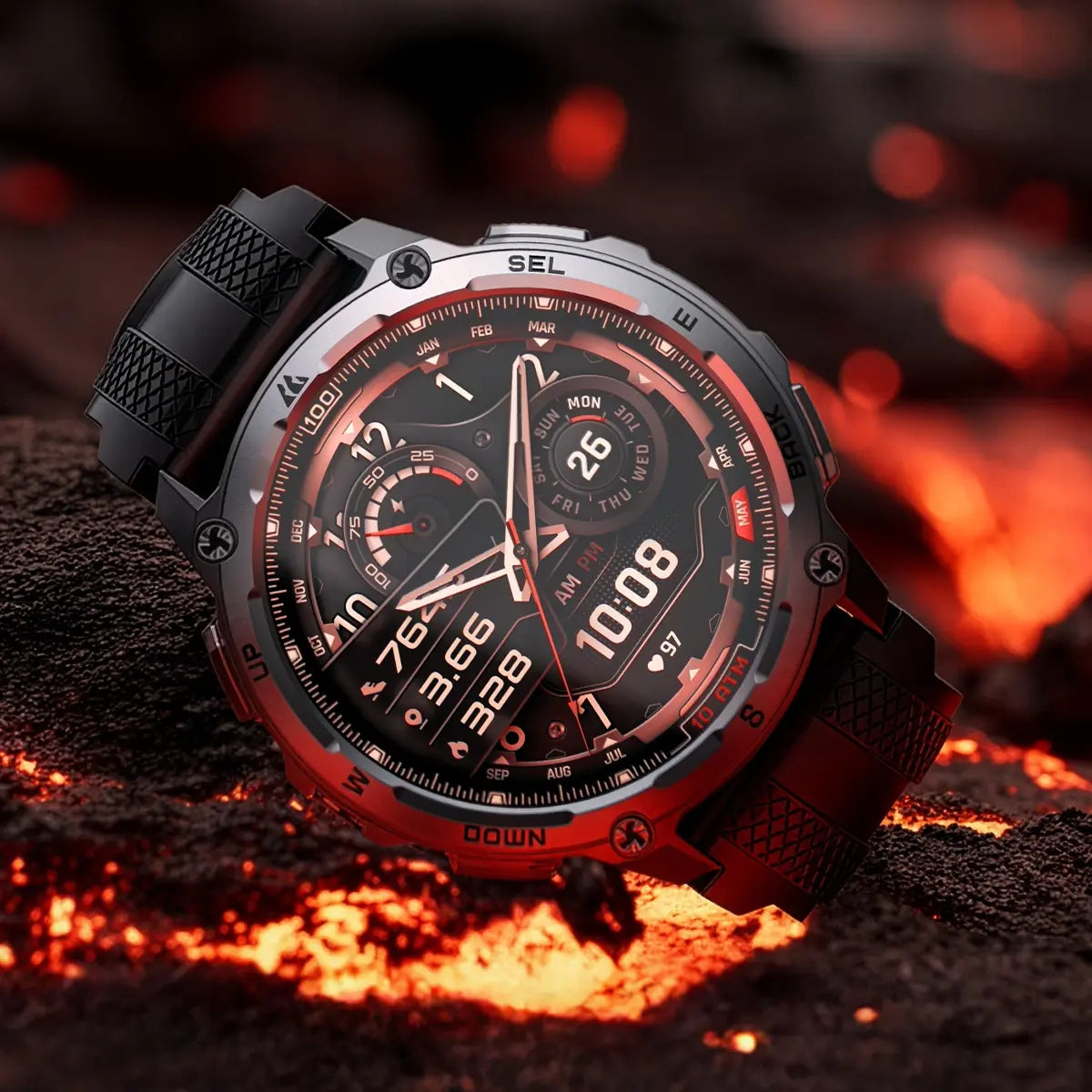
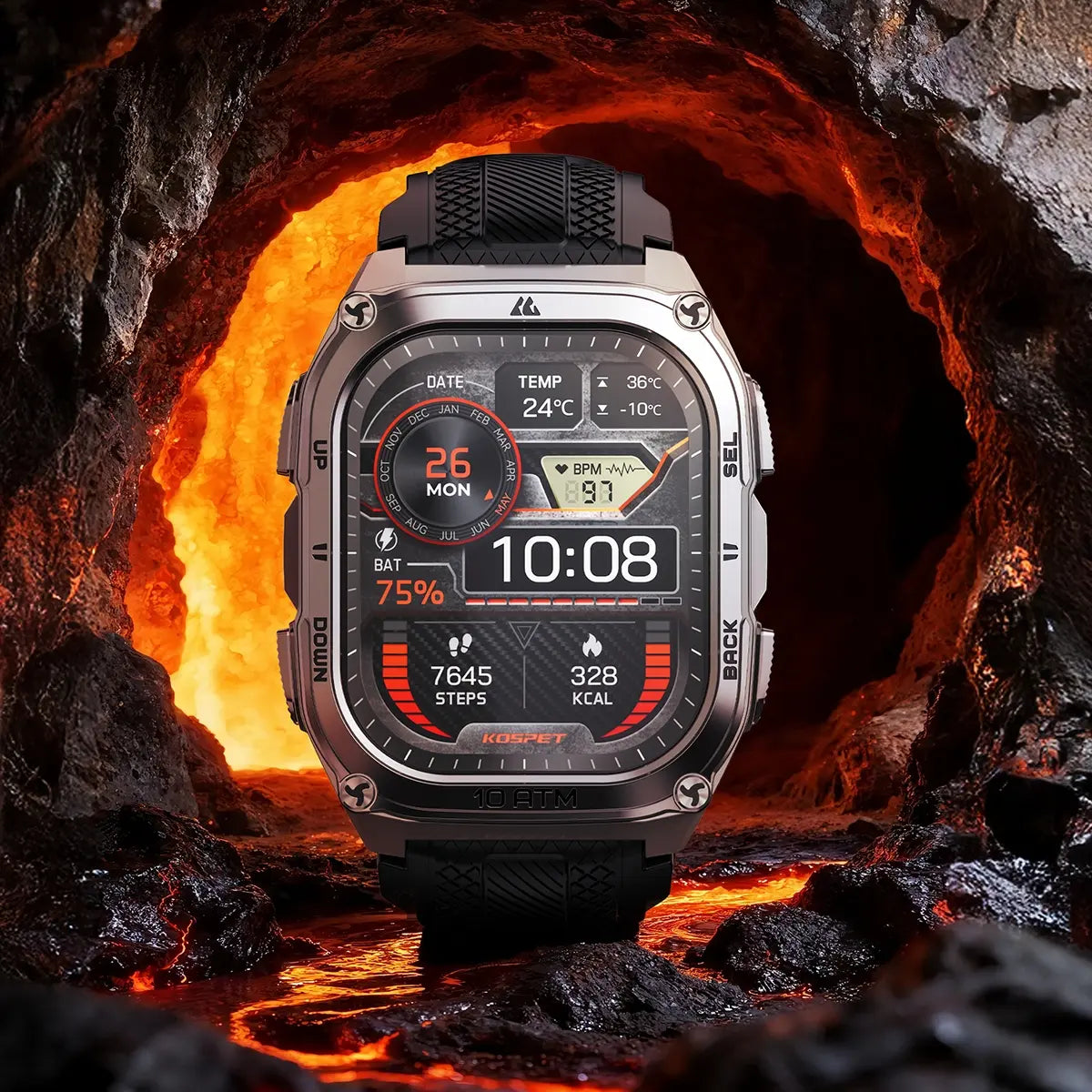




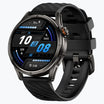
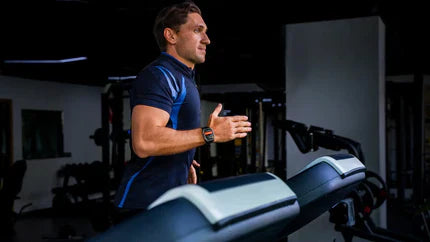
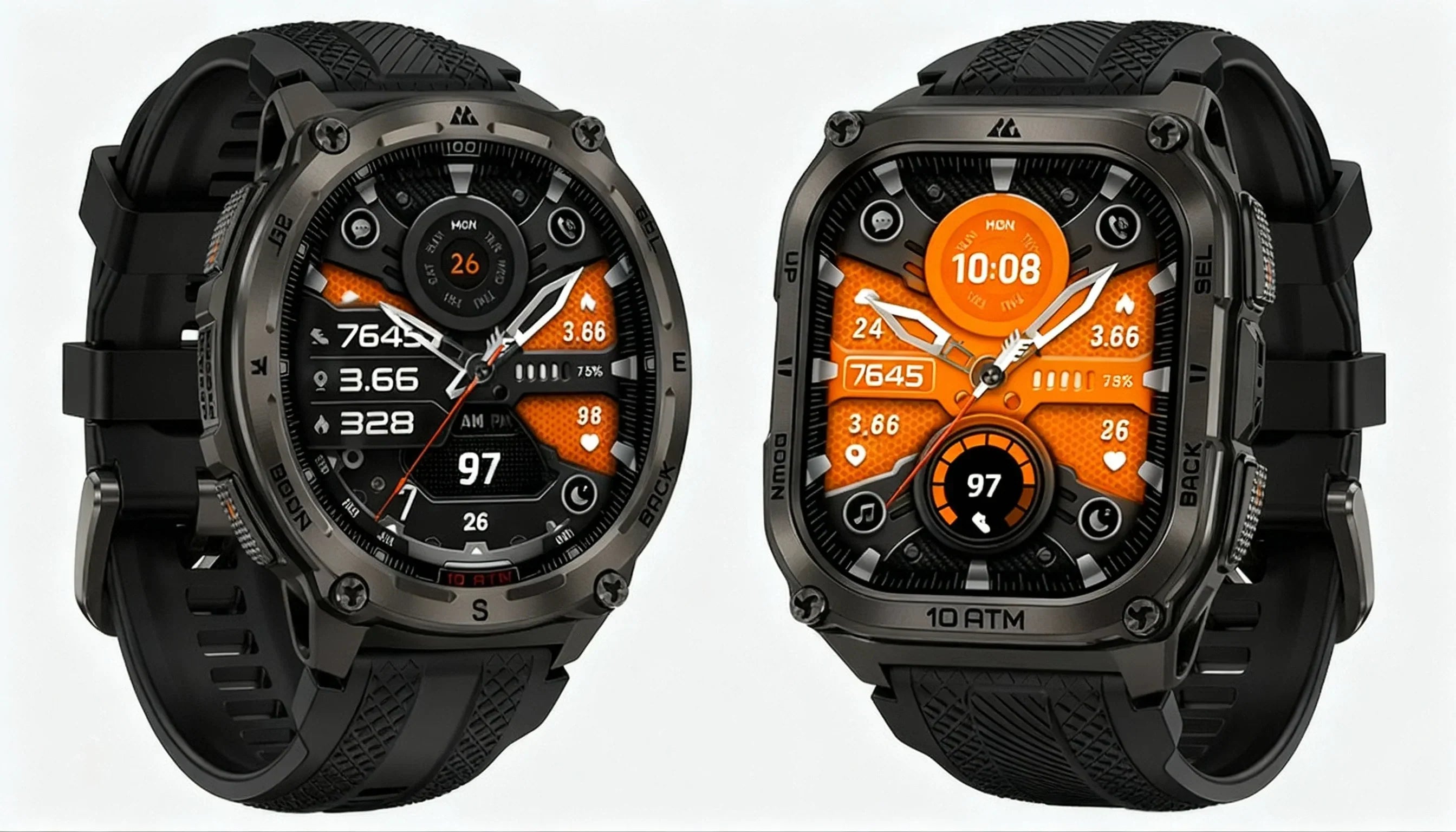
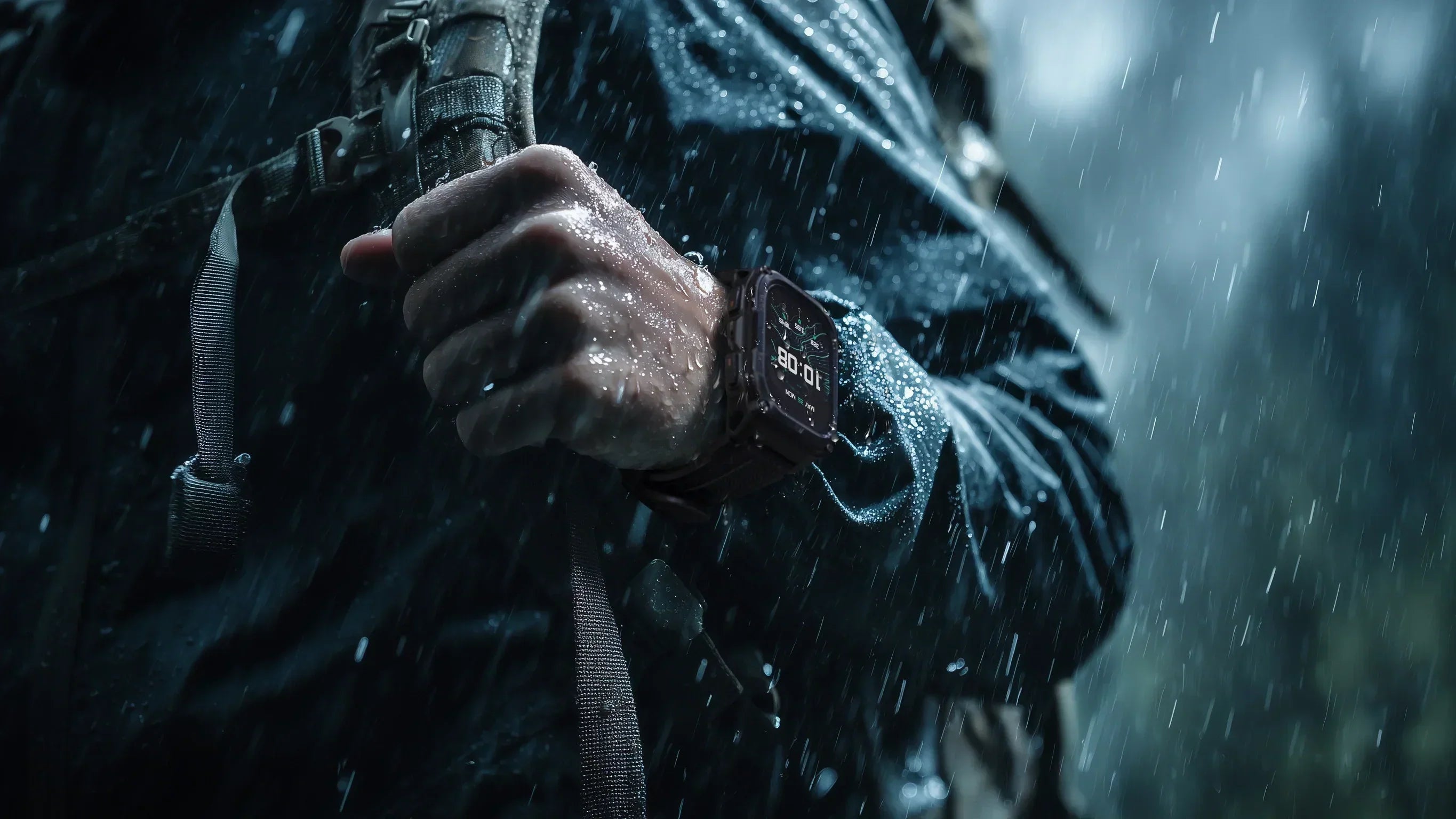




Deja un comentario
Este sitio está protegido por hCaptcha y se aplican la Política de privacidad de hCaptcha y los Términos del servicio.